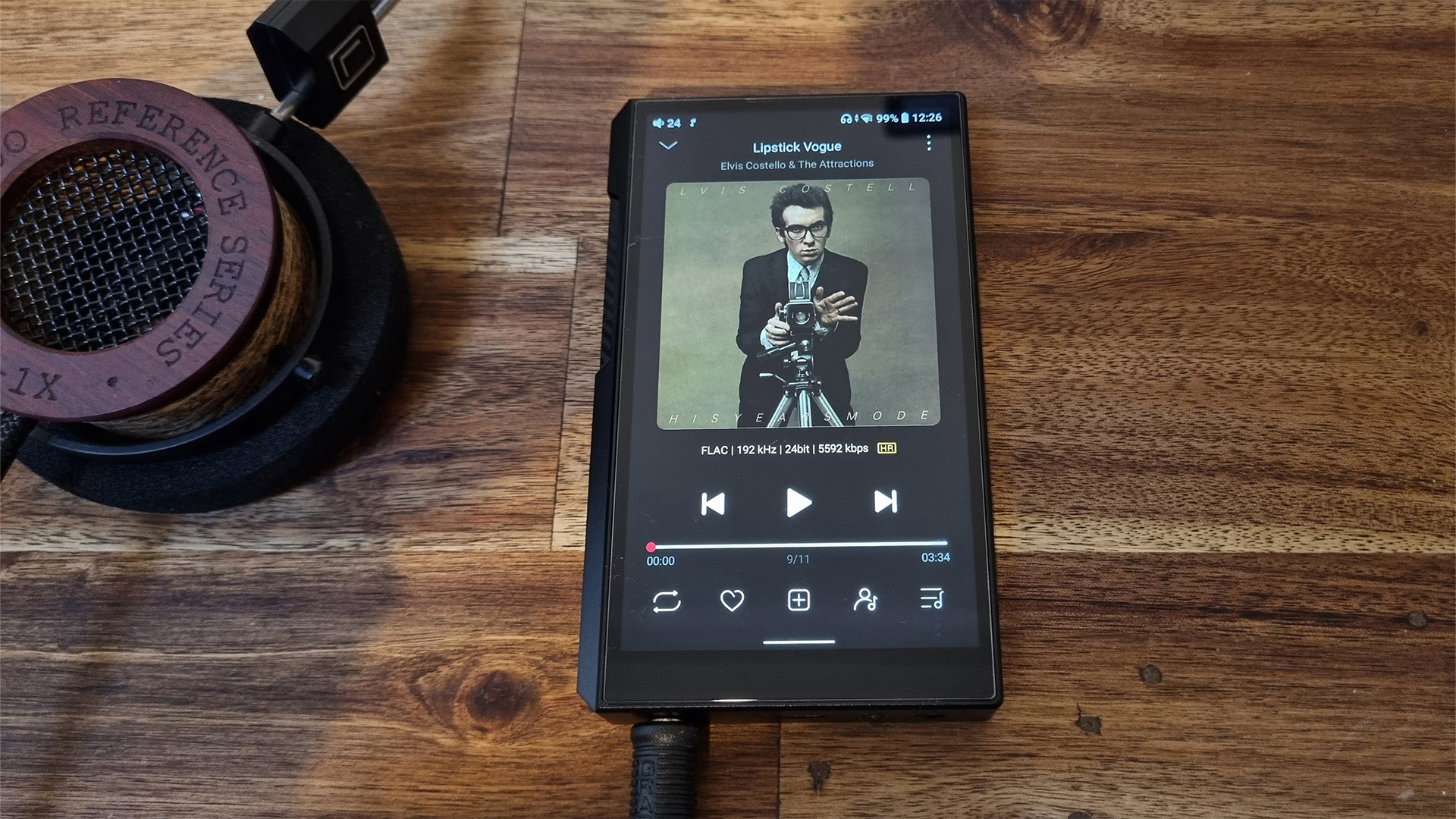
The beauty of portable music players is their simplicity. Load them up with music, pair them with decent audiophile headphones, and away you go – into the revered sonic realms of portable hi-fi that are often only reached by speaker-fronted systems costing significantly more.
With the FiiO M11S, there is, however, an additional accessory and slight cost you need to factor into its £489 / $499 / AU$819 price tag – a microSD card. While many owners of music players might end up purchasing a storage card to boost internal storage capacity, it’s almost a requirement of buying the M11S, which has a mere 32GB built in – half as many gigabytes offered by the pricier but most entry-level player in Astell & Kern’s catalogue, the SR25 MkII. As that would accommodate roughly 1,000 CD-quality songs, those who have modest libraries, who perhaps also rely on a streaming service, may believe they could get by on that. But when you fire up the player and get stuck into the menus, you soon realise that half of that internal storage is already eaten up by various functions of the player’s Android 10 operating system. And if you want to download any apps such as Tidal (100MB) or Apple Music (45MB) from the Google Play Store, that will leave even less room for your music files. So do budget a little extra for that microSD card, whether it’s a 128GB or 2TB (the maximum supported) one you need.
Features
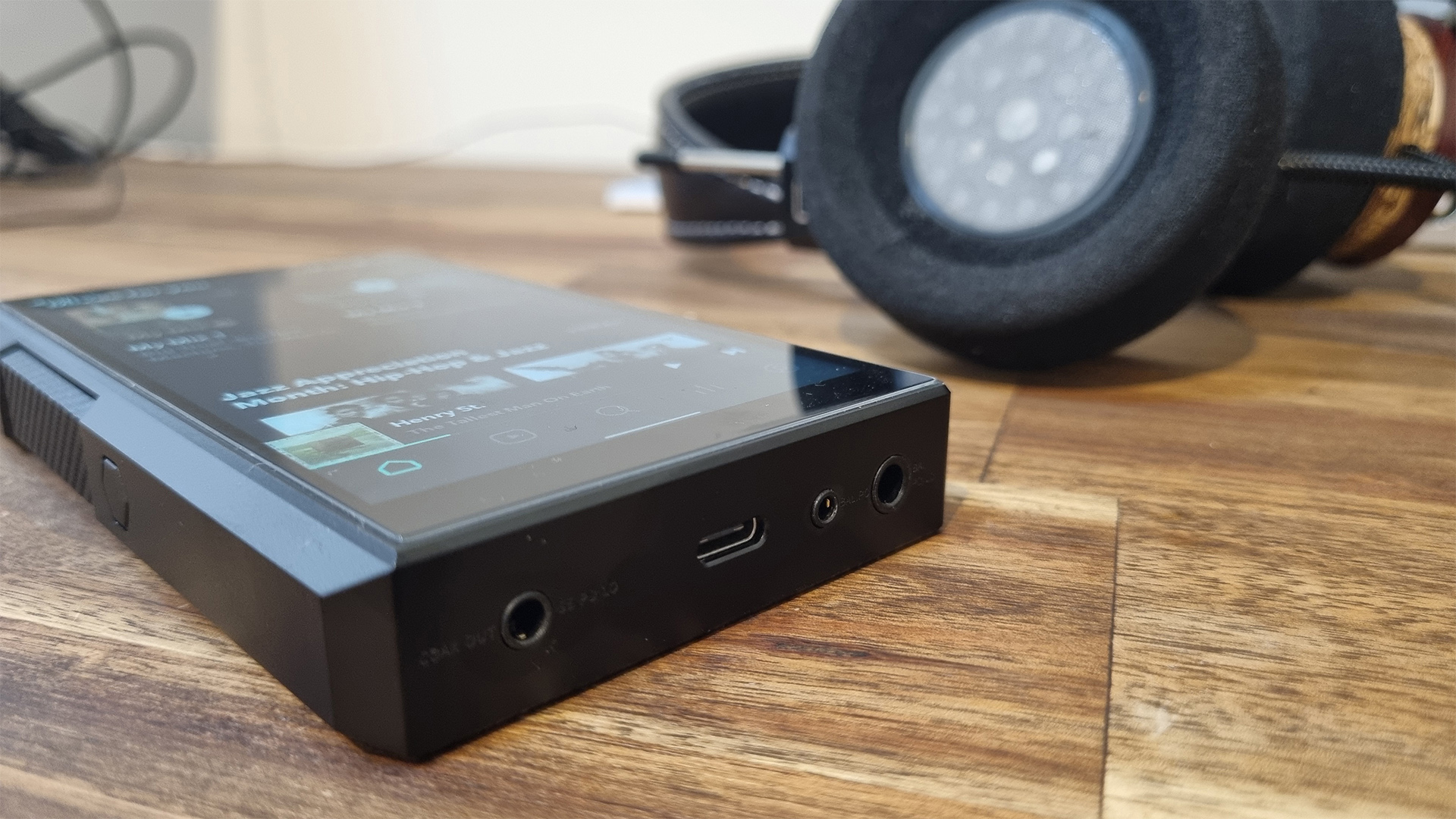
Because then you really will have everything required to nurture a serious-sounding digital music library and player. FiiO players we have tested in the past often major on features, and built-in storage aside the M11S is no different. It has all the mod cons of a music player in 2023 – file support that extends to 32-bit/384kHz, DSD256 and MQA; access to music streaming services (plus every other app available on Android); and even a choice of 3.5mm, balanced 2.5mm and balanced 4.4mm headphone outputs. But it also goes the extra mile to become a bigger part of your music-listening life if you so wish, thanks to its extracurricular duty as a USB DAC for your computer/laptop, not to mention its ability to stream music to wireless headphones and speakers via Bluetooth (LDAC, aptX HD, LHDC) or AirPlay.
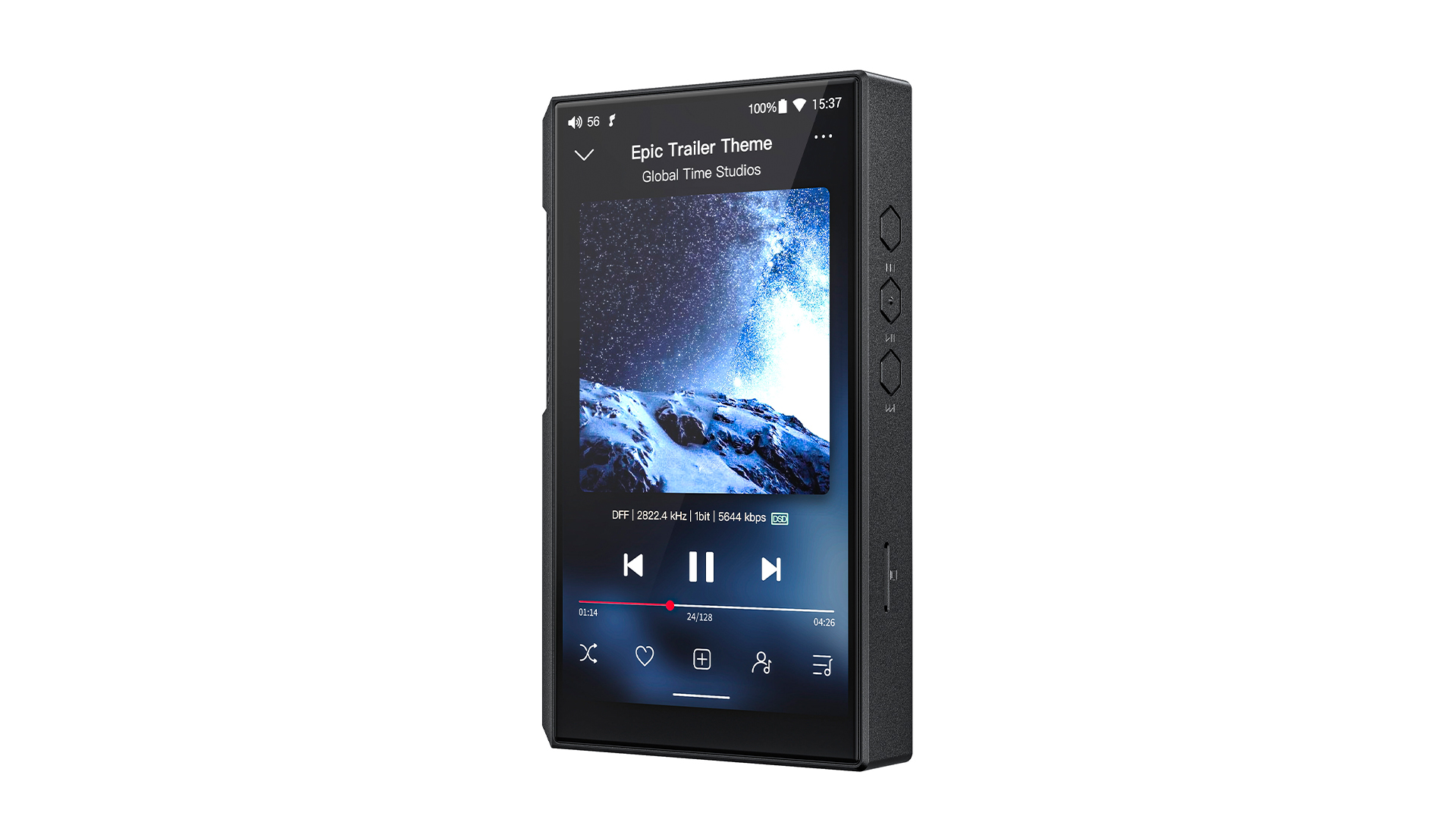
Music files 32-bit/384kHz, DSD256, MQA
Storage 32GB
MicroSD slot? Yes
Charging USB-C
Battery life 14 hours
Dimensions (hwd) 12.5 x 7.4 x 1.9cm
Weight 271g
Considering the reliability of Android and the fact the M11S is powered by Qualcomm's Snapdragon 660 chip (the same used in FiiO's flagship M17), we weren’t surprised that every task we asked of the player was performed with haste and without issue.
What you use and how you use it will determine how much action the FiiO can deliver from a single charge, though the claimed figure is 14 hours for single-ended use. During our testing, we found that it ran for around 11 hours continuously playing 16-bit to 24-bit files at a middling volume – not bad for real-world use, though bettered by the aforementioned Astell & Kern player. So long as you don’t want a player to loudly blast music into your ears for the entire length of a long transatlantic flight, the M11S’s battery life should be satisfactory for most use cases, whether that’s at the heart of your home desktop or hi-fi system or accompanying you on your daily commute.
Build
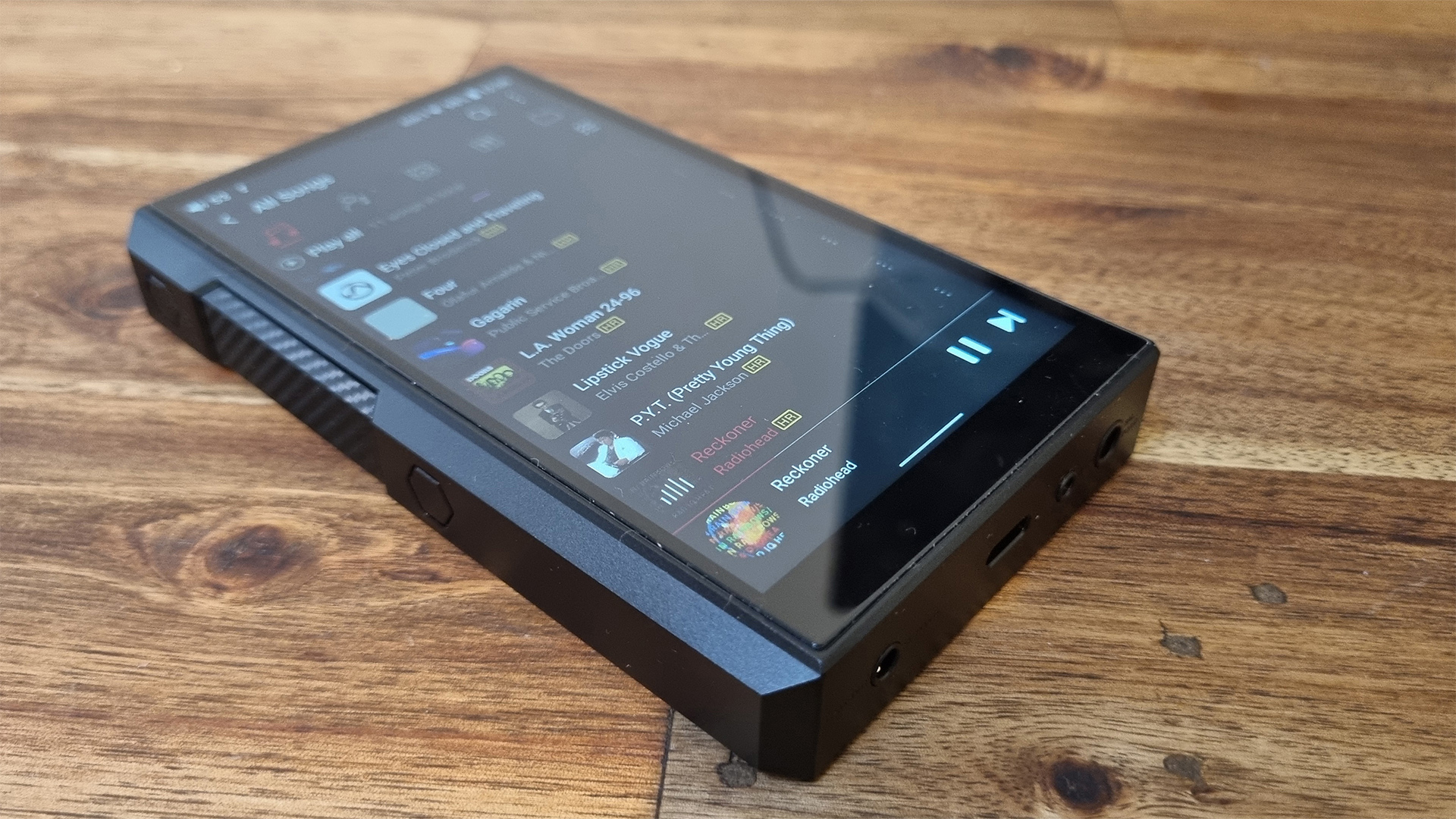
You’re certainly getting a lot of player for your money here, with the player measuring 12.5 x 7.4 x 1.9cm (hwd). To put that into perspective, it’s just shorter than a Samsung Galaxy phone but wider and almost three times the depth. Indeed that makes it more coat pocket than jeans pocket-sized, though more desktop-suitable than both. The headphone output's position at the bottom of the player emphasises this too.
It’s suitably heavy for such dimensions, presenting a reassuring sense of build quality, though the fact that the chassis corners are pointed and much of the player’s front is a 5-inch touchscreen display (albeit with a factory-fitted tempered glass protector) wouldn’t leave us in any doubt as to whether or not to use the supplied clear case. It’s not pretty exactly, but neither is scratched aluminium.
The FiiO saves itself from being a boring rectangular chassis by being almost a boring rectangular chassis, save for its left-hand side angled protrusion, on the outer edge of which you’ll find power and multi-purpose buttons as well as a nicely sized, slightly textured volume pad. Our eyes lit up at the sight of the latter, presuming it would be a slider control to allow for one-finger volume adjustment when the player is sat on a surface. Disappointingly it isn’t, but like the rest of the controls (pause/play and skip tracks on the player’s right-hand edge) it is reliably responsive and ergonomic while in the hand.
FiiO has been in the game long enough to know how to produce an intuitive music player both from hardware and software perspectives. The FiiO Music app gives a positive first impression – open it up and it prompts you to scan local files on the device (which are easy to copy across from a computer using a free third-party software such as Android File Transfer) and any networked files you may have on a NAS device. And it builds on that during our testing with a logically laid out and pleasantly attractive interface that most people will get to grips with within minutes. Album artwork takes up most of the playback screen’s real estate, though we are equally pleased to see full format and size information for every track just below it.
Sound
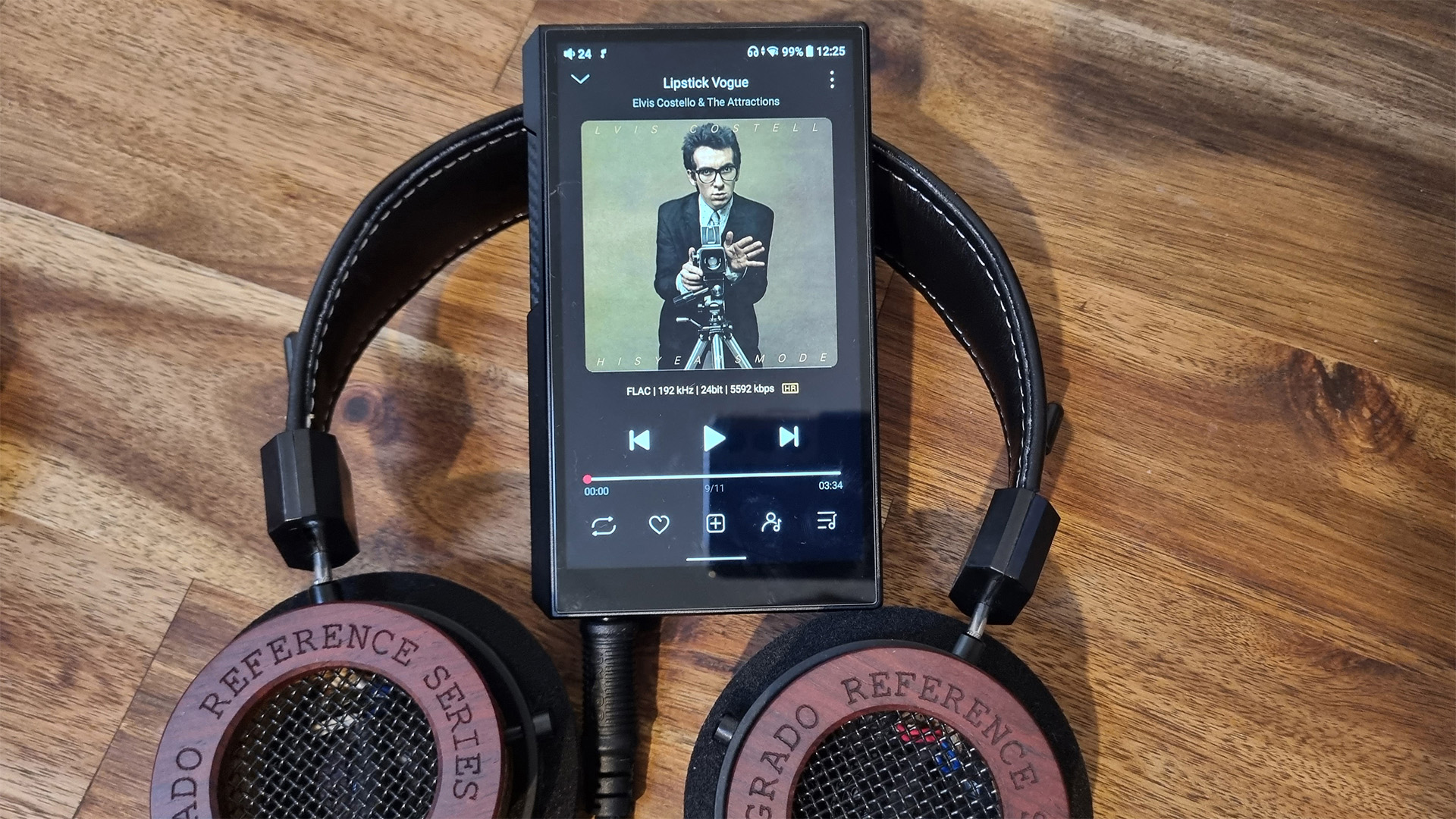
Android device users will be comfortable with the familiar interface and dropdown shortcut menu, though we would encourage owners to set aside time to deep-dive into the menus to explore player-specific settings. We found, for example, that switching on all ‘All To DSD’ (conversion) and Pure Music Mode (which restricts operation to the FiiO Music app only) enhanced the sound quality, pulling everything into focus a little more thanks to an extra dose of clarity and precision.
Those two adjectives are two of the M11S’s strengths, existing below the player’s two most dominant characteristics – smoothness and openness – on its CV. This all makes for a very comfortable listen that invites you to sink into an armchair, relax and switch off the outside world. Its soundstage has that lovely balance of being wide-open enough for music to feel dimensional and spacious while also having the sheer clarity to pull everything into direct audible focus. Add to that a tonality on the richer side of neutral, and a particular lushness in the midrange, and we come back to its sonic comfort. It’s very likeable.
Playing The National’s I Need My Girl, the FiiO conveys the guitar melody and Matt Berninger’s baritone vocal with just the right amount of weight and body to allow the track to soothe, with the extent of the lilts in his delivery intact and evidence too of the M11S’s expression. Over to Ocean Alley’s Yellow Mellow (Tidal) and that funkadelic instrumentation has enough space to bop around in, with everything nicely balanced from top to bottom and a forward treble bite it just about gets away with.
While you are forgetting about the outside world, though, you might also forget how dynamically punchy or driven a song is, such is the FiiO’s easygoing nature. It’s not a slouch exactly, but a low priority given to timing means it struggles to underpin the rhythmic elements of a song, as its rendition of Elvis Costello’s charged Lipstick Vogue opener lays bare. For all of its impressive articulacy, it’s too laid back to be considered particularly fun – and, depending on what kind of music you tend to listen to, that could be a reason to choose an alternative. Indeed, the Astell & Kern SR25 MkII (and MKI, actually) is a better timekeeper and consequently a more musically gifted component.
Verdict
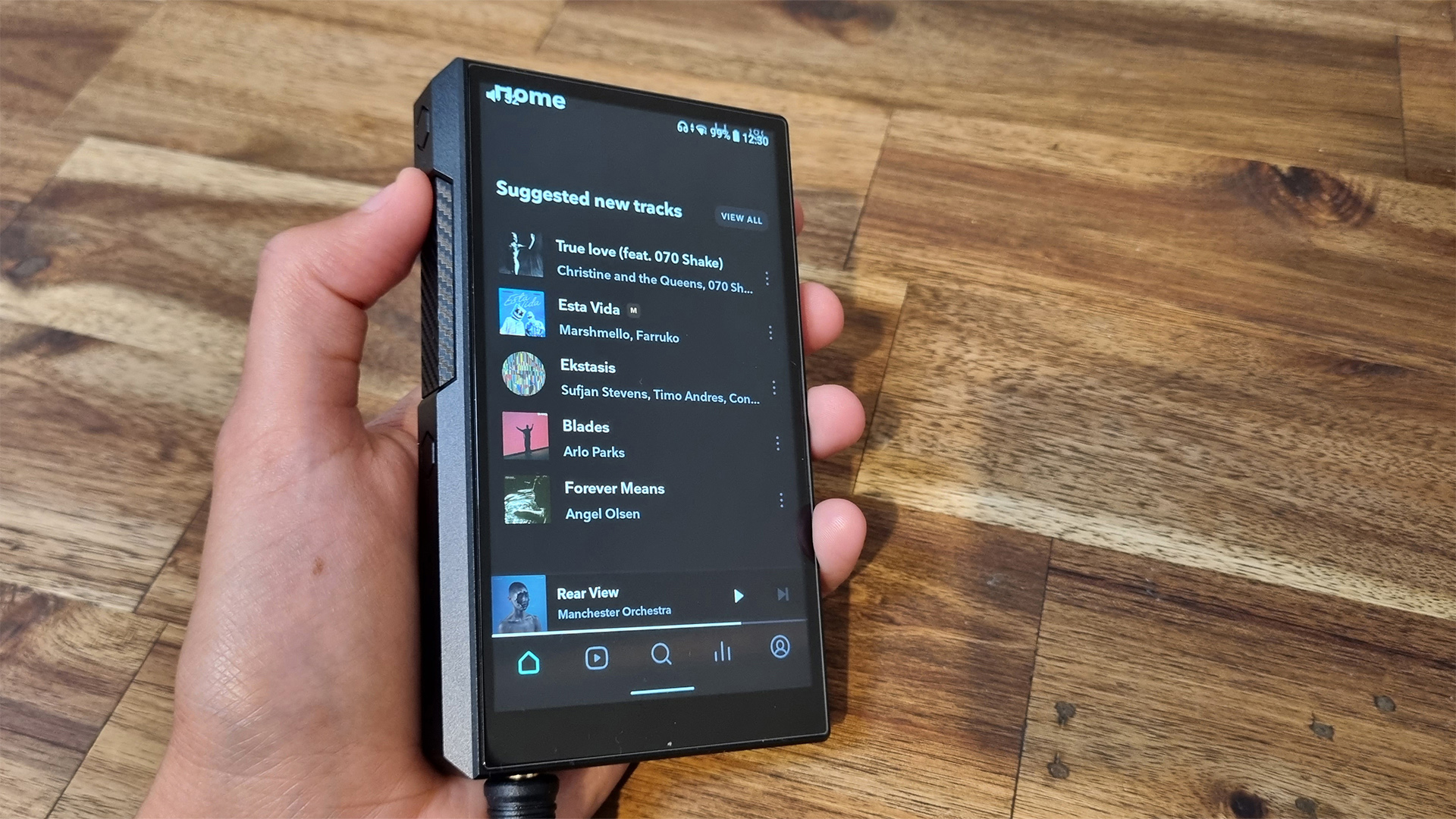
That would inevitably require upping your budget, considering the FiiO more or less occupies a barren segment of the market that can now firmly be considered ‘entry-level’. But for its asking price (plus a little more for a storage card), it’s a very fine option and, needless to say, a huge upgrade on a smartphone. Prioritising maturity over merriment, the M11S might not be the most thrilling performer. But it’s more sophisticated in other ways – sonic clarity and openness, and feature-set – than this level has demanded in the past, and for that it deserves an audience.
SCORES
- Sound 4
- Features 4
- Build 4
MORE:
Read our review of the Astell & Kern A&norma SR25 MKII







